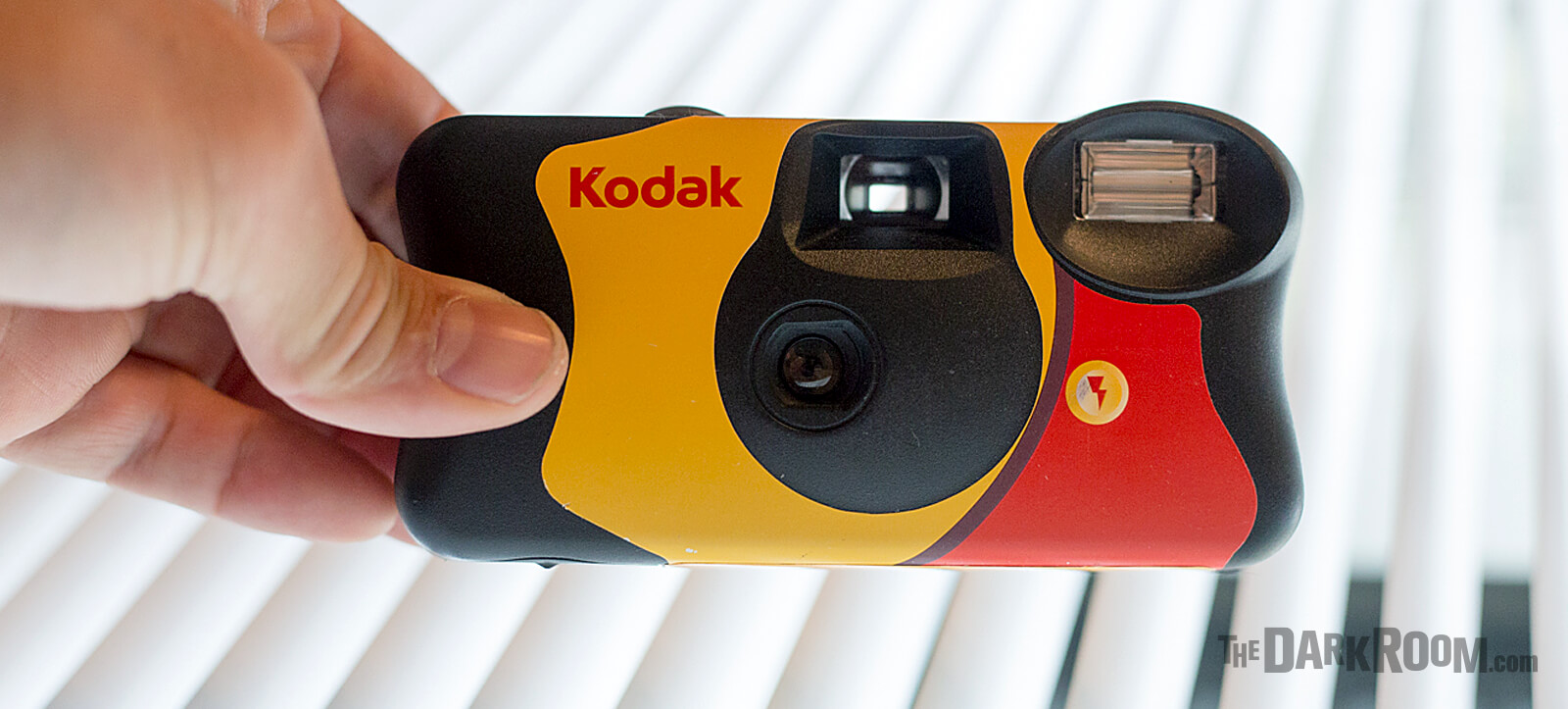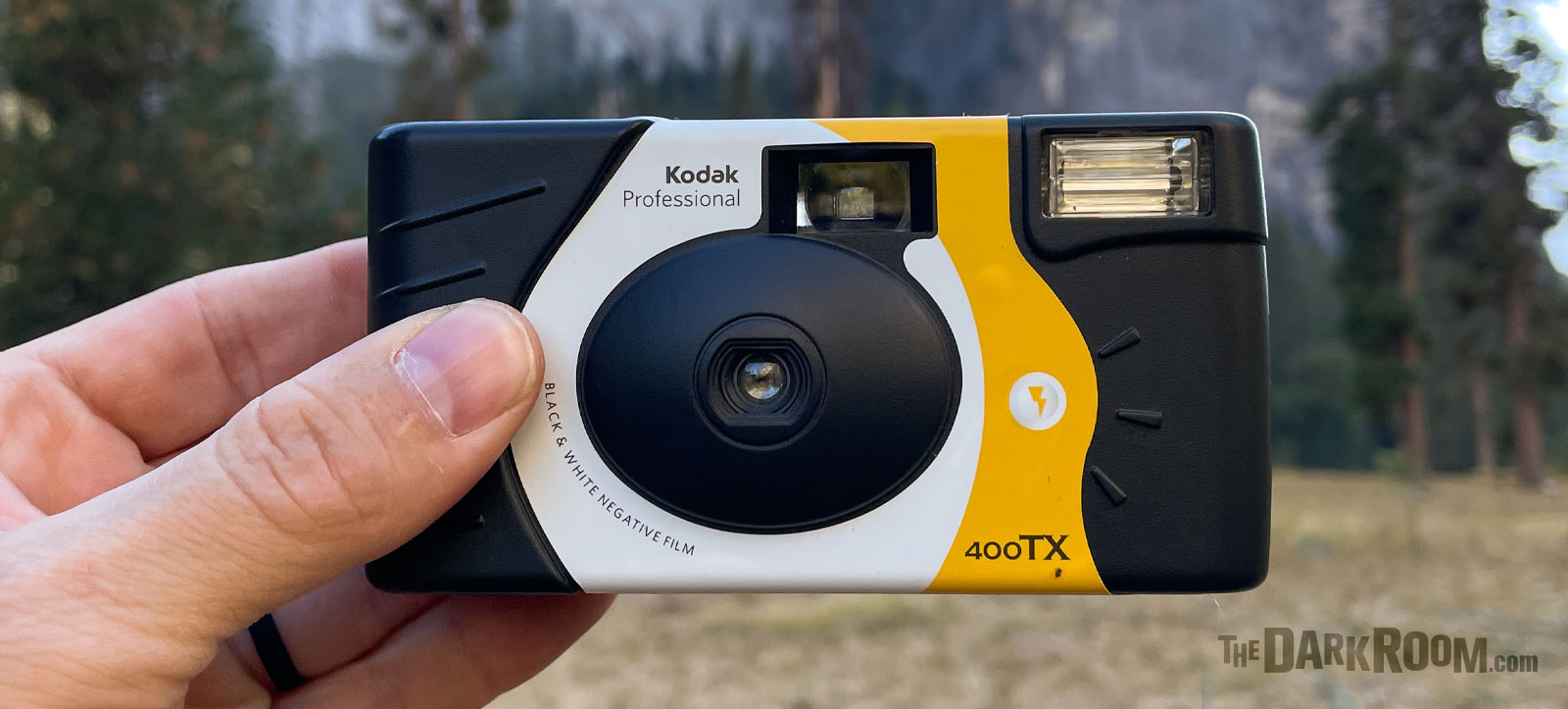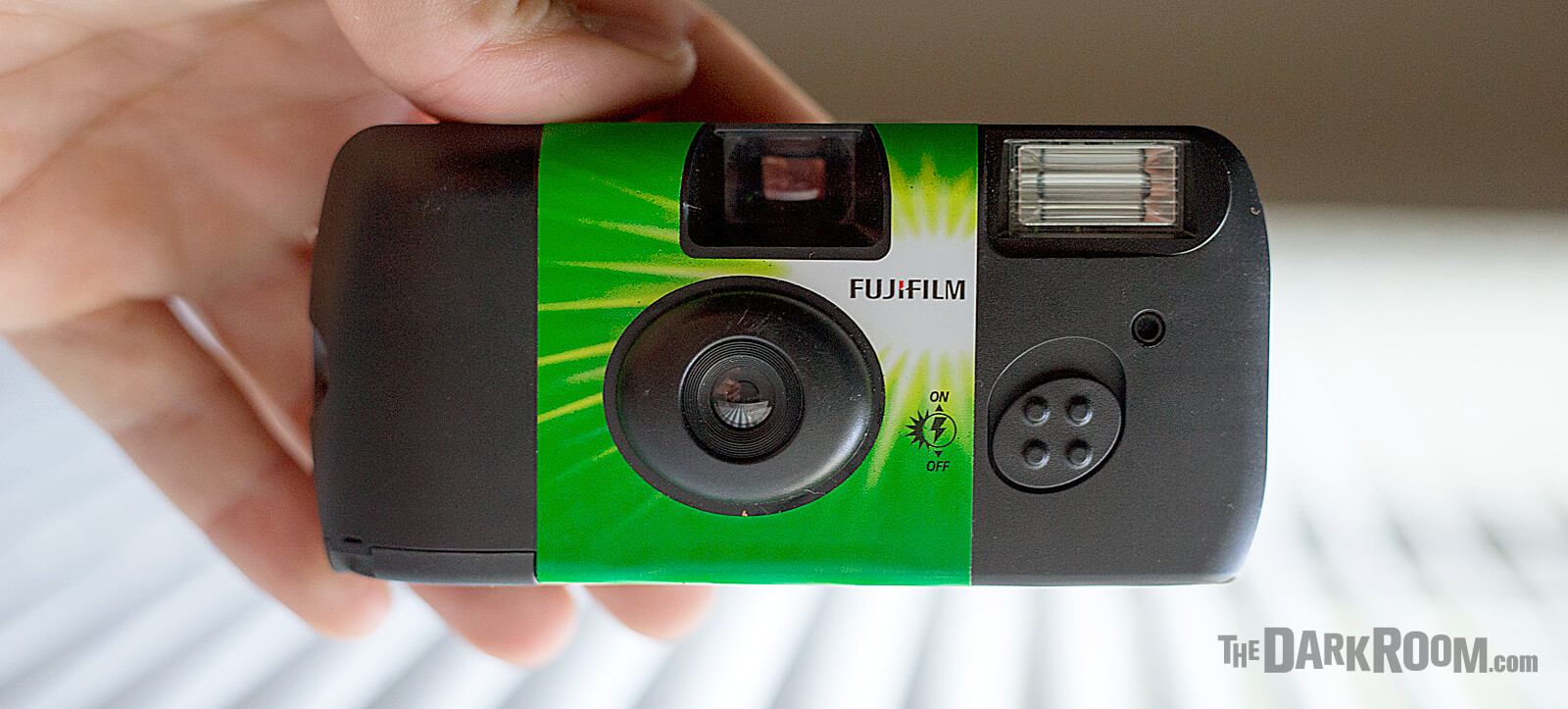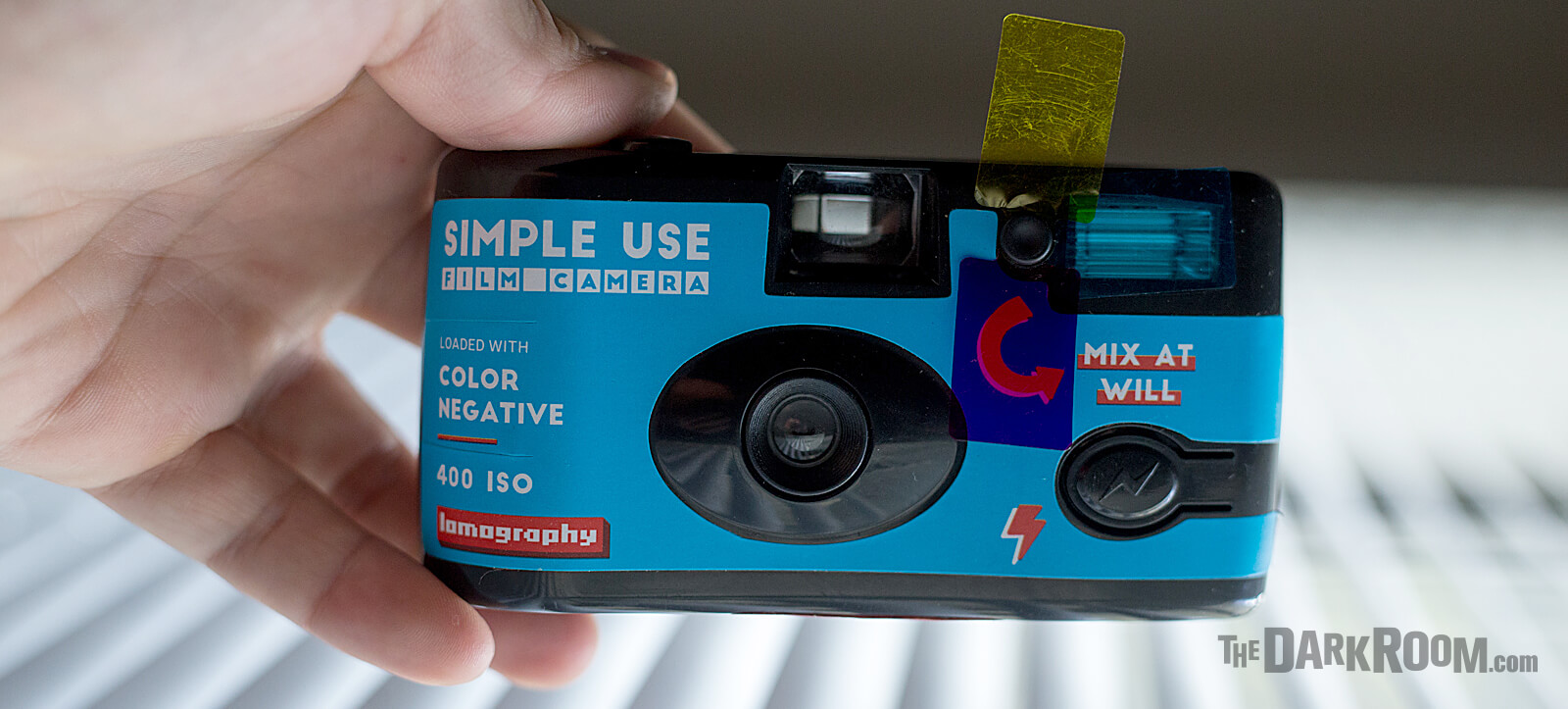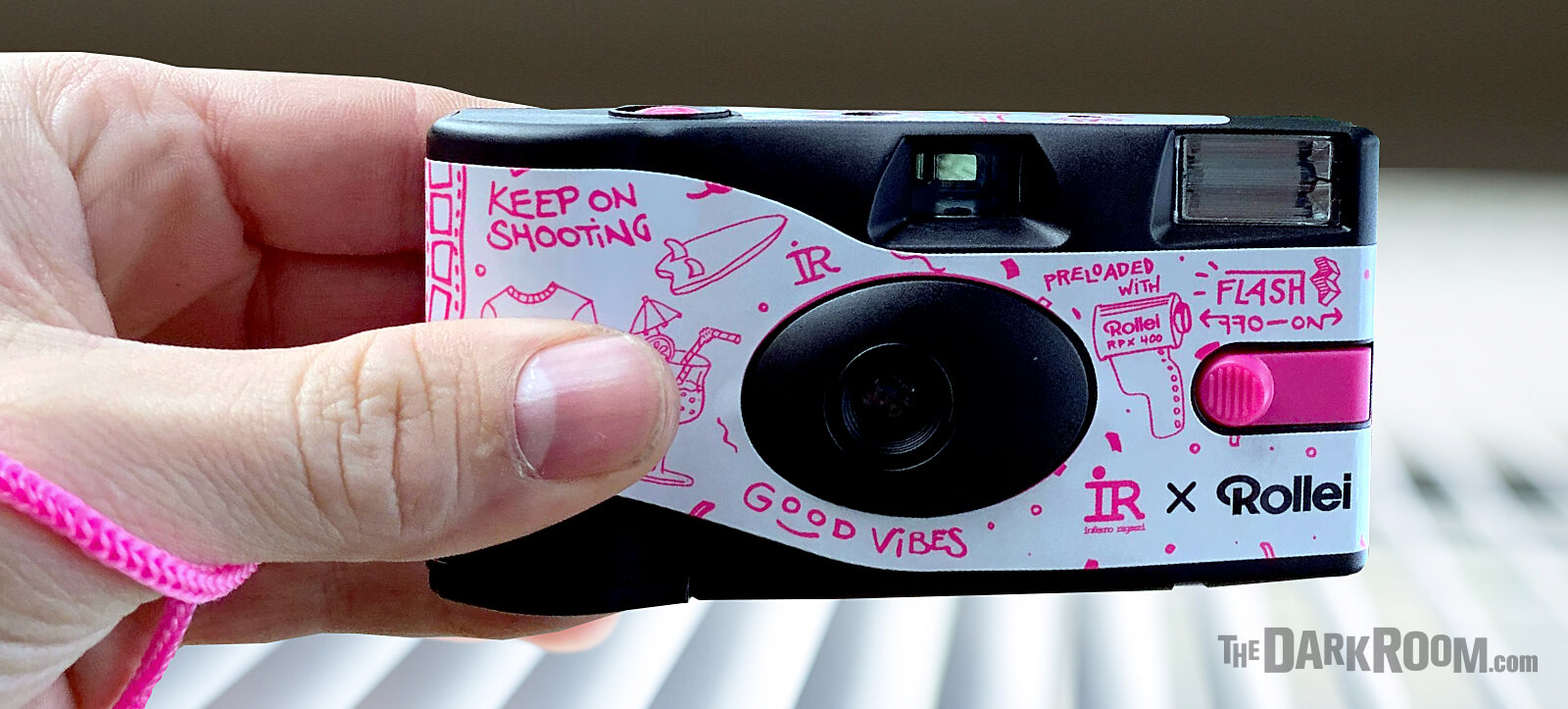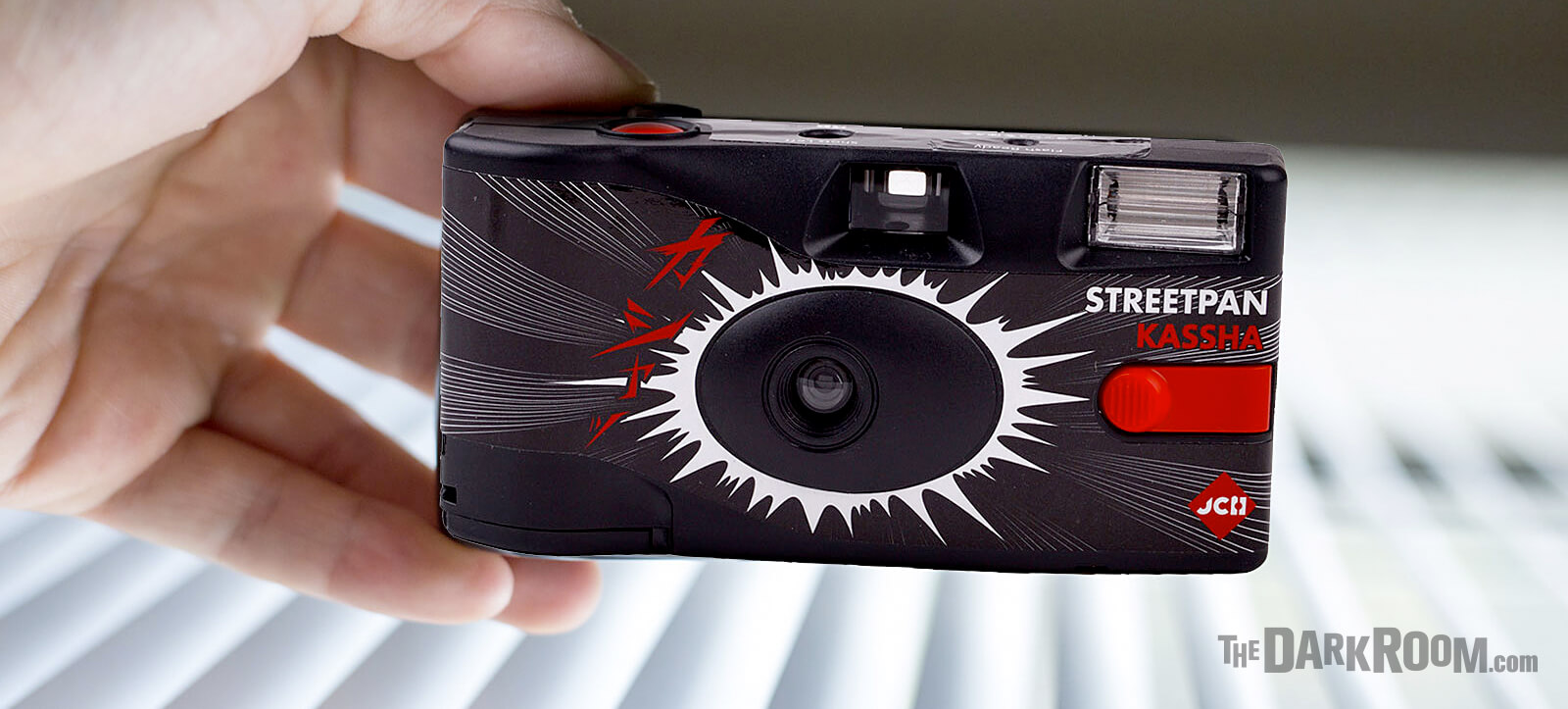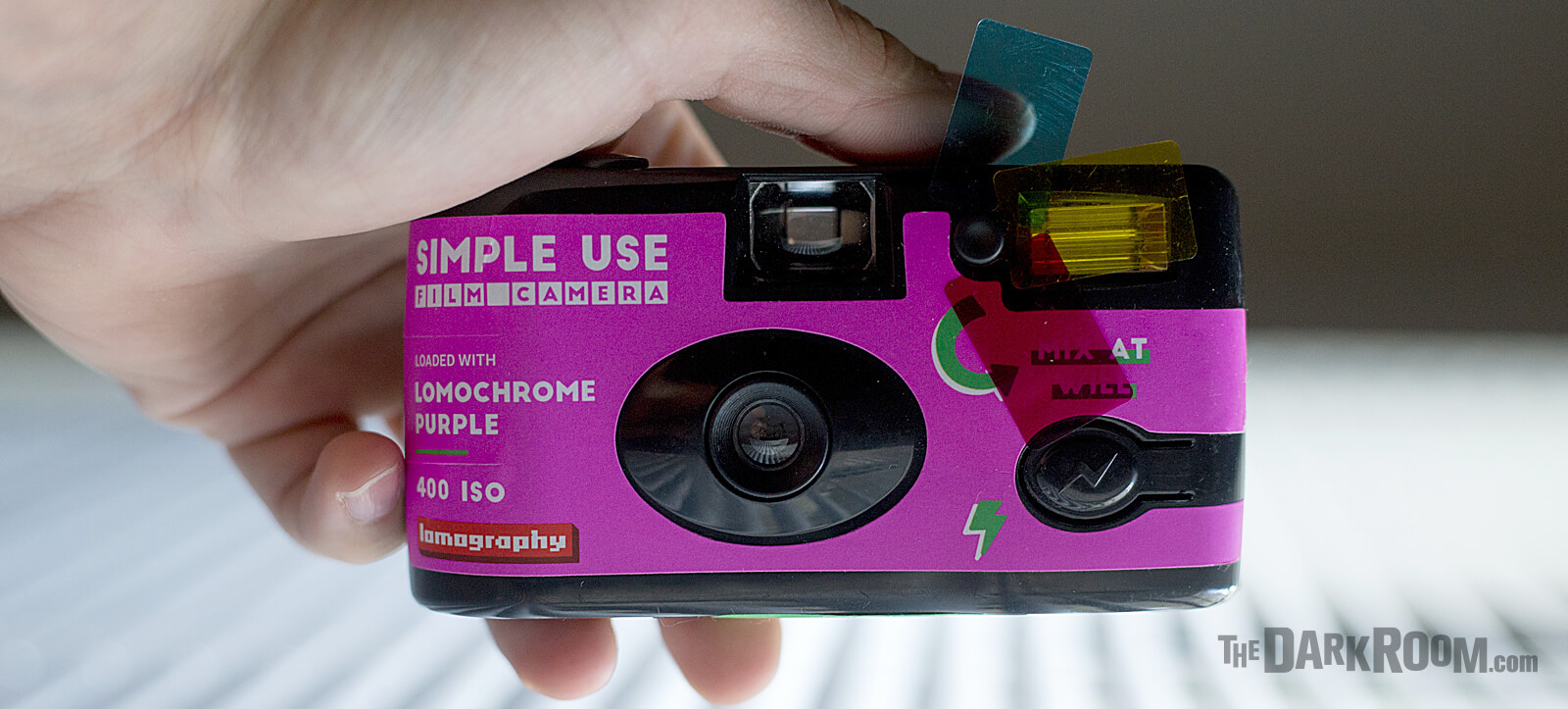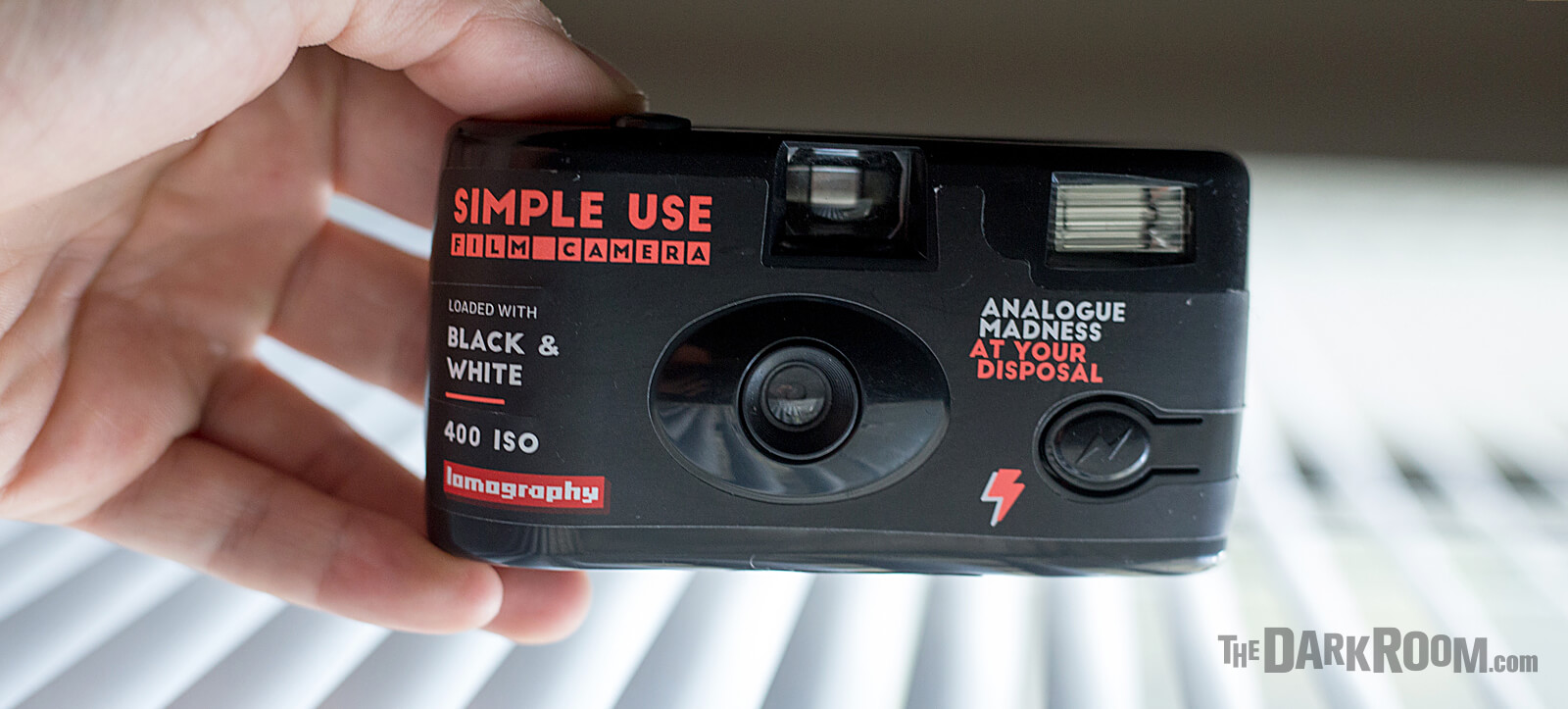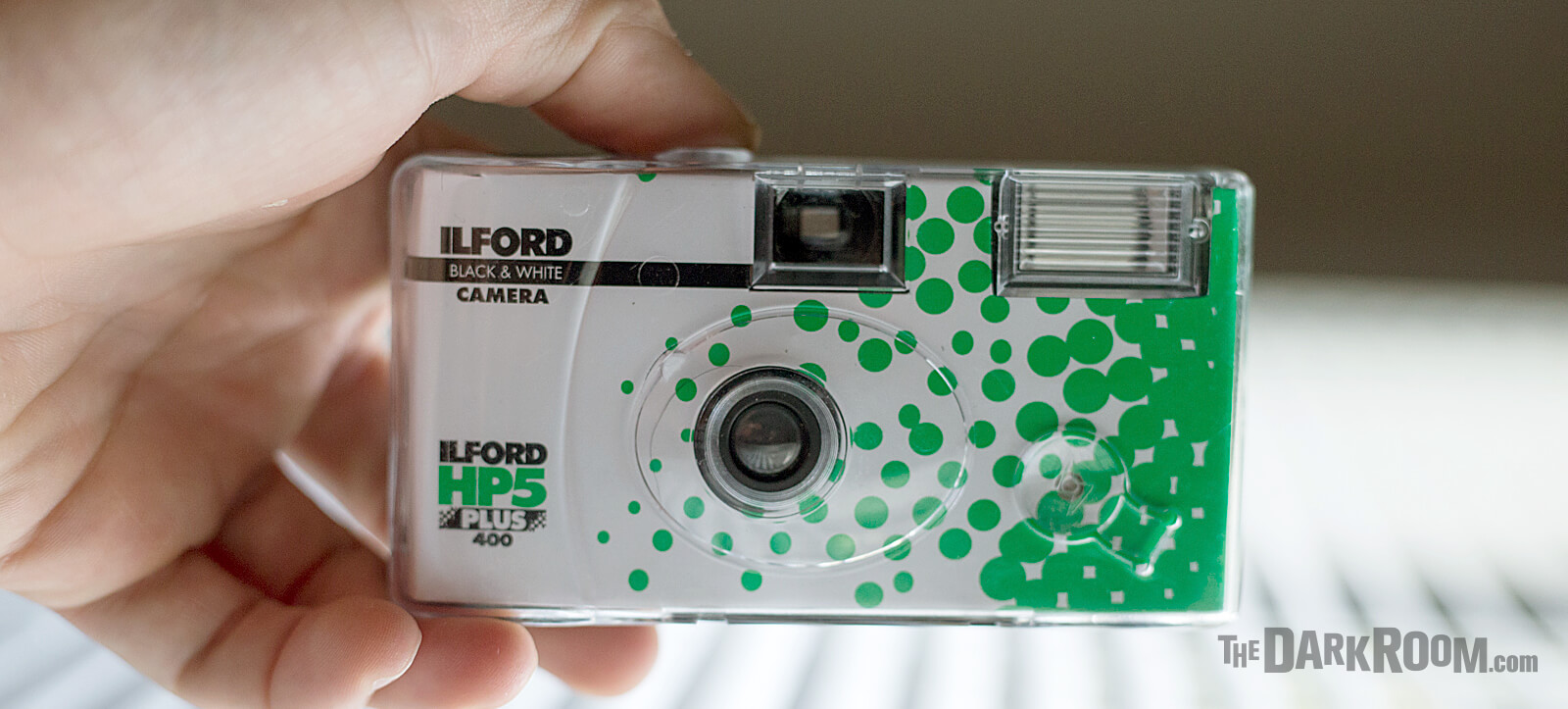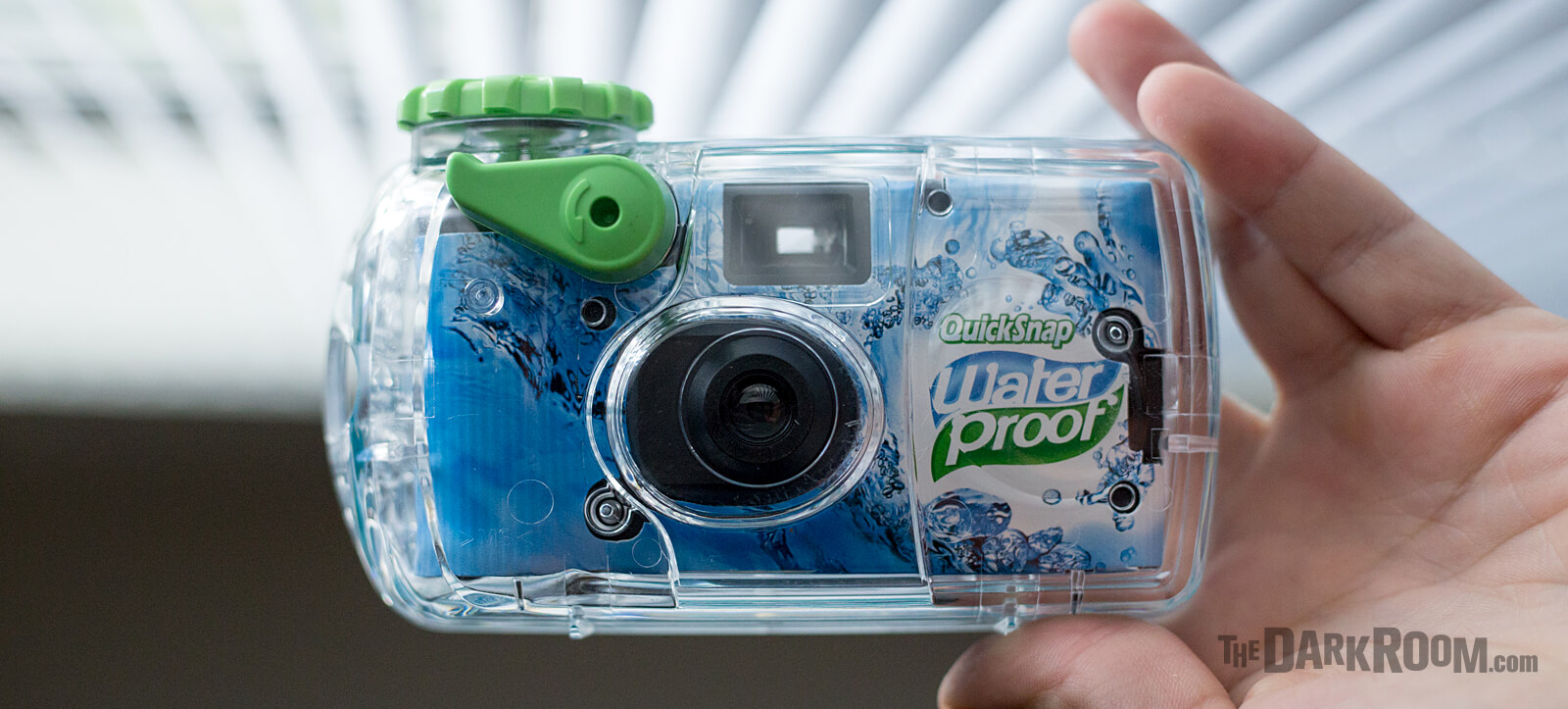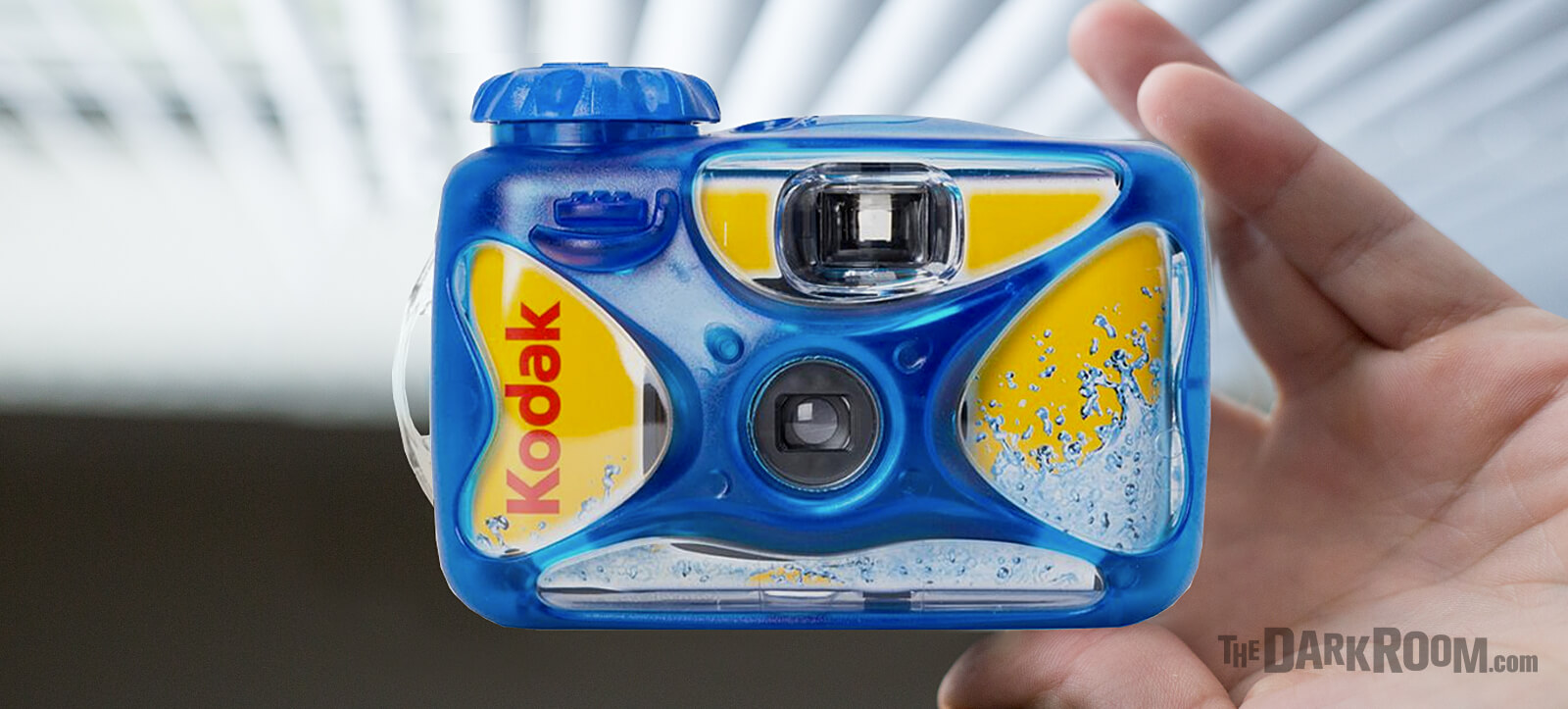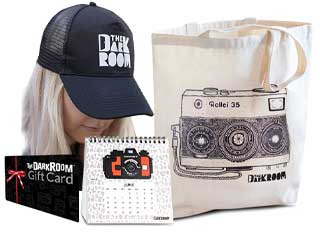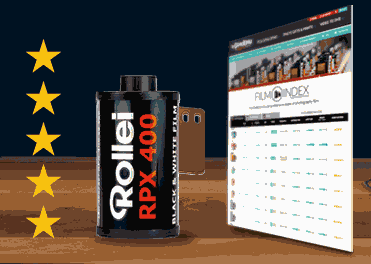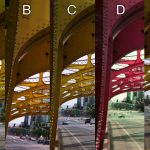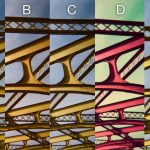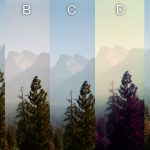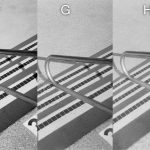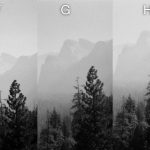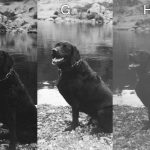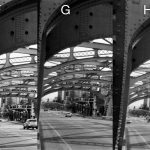The Latest Disposable Cameras Reviewed, Ranked, and Compared!
The Best Uses Of Disposable Cameras
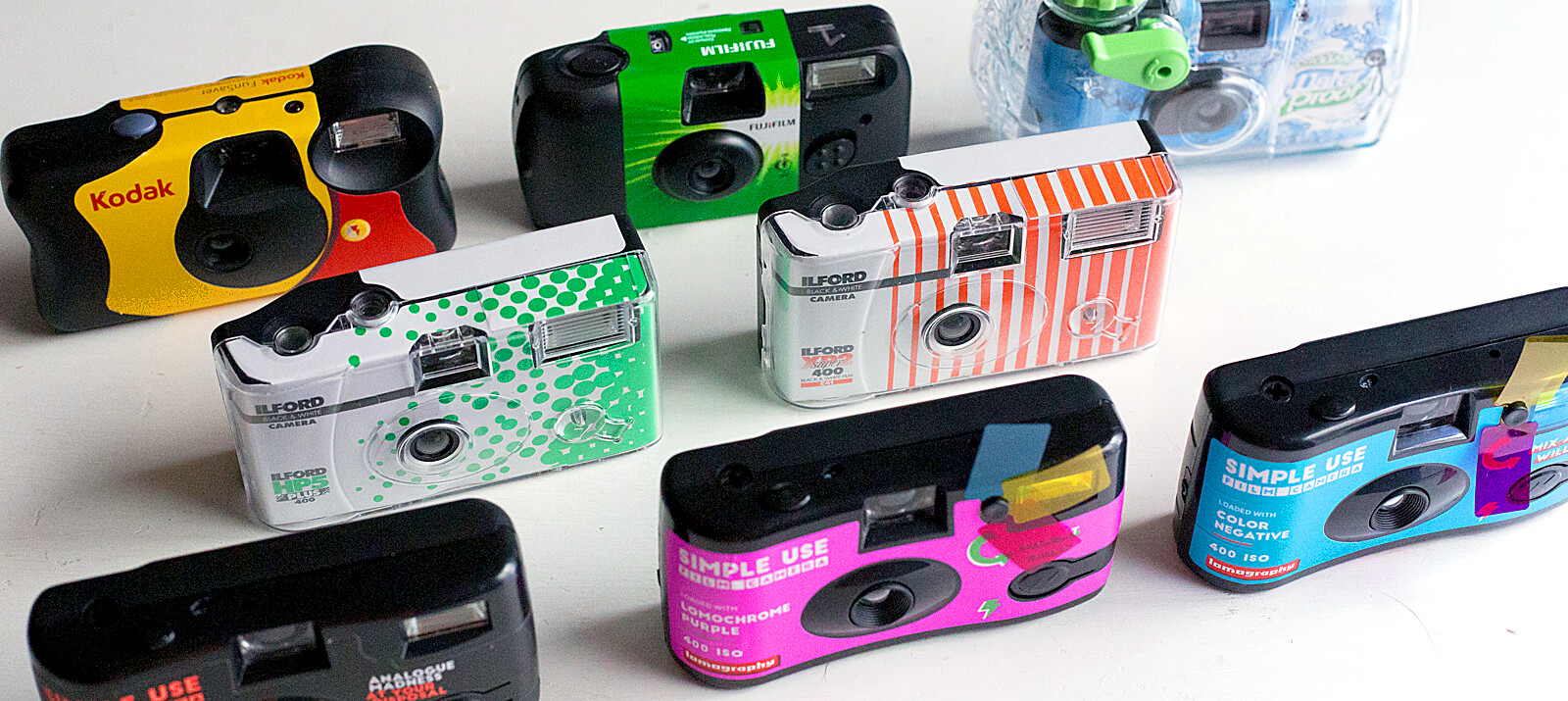
Single use film cameras are incredibly popular for vacation photos. If you find yourself wishing you had your camera from home, you can easily pick up a disposable camera at the nearest drugstore or convenience store for $20 or less.
Disposable cameras also add a fun element to significant events like weddings or parties. Event planners and wedding photographers often buy them in bulk, placing one at each guest table or filling a big glass bowl with them at the bar. This not only provides guests with a fun activity that enhances the event’s happy and lively atmosphere, especially as the drinks start flowing, but it also captures unique moments from different perspectives. Plus, your guests essentially become your photographers!
Another excellent use for single use cameras is during activities where your primary camera might get damaged, such as hiking, climbing, beach outings, or rainy days. They’re also fantastic for younger kids to use, thanks to their simplicity and straightforward operation.
We test the top single-use cameras, new and existing, to see which took the best pictures.
Color Disposable Cameras |
Rating (1-5) | Price* | |
|---|---|---|---|
| Kodak Fun Saver | ★★★★★ | Color | $16 |
| Lomo 400 Simple Use | ★★★★☆ | Color | $23 |
| LomoChrome Purple Simple Use | ★★★★☆ | Color | $23 |
| Fujifilm Quick Snap | ★★★☆☆ | Color | $16 |
Black & White Disposable Cameras |
|||
| Ilford Single HP5 Use | ★★★★★ | B&W | $15 |
| Ilford Single XP2 Use | ★★★★☆ | B&W | $15 |
| Kodak 400TX | Under Review | B&W | $12 |
| Rollei Inferno Ragazzi | ★★★☆☆ | B&W | $23 |
| Lomo B&W 400 Simple Use | ★★★☆☆ | B&W | $23 |
| JCH StreetPan Kassha | ★☆☆☆☆ | B&W | $16 |
Waterproof Disposable Cameras |
|||
| ★★★☆☆ | Color | $15 | |
| ★★☆☆☆ | Color | $14 | |
Don’t forget, The Darkroom does Film Developing for disposable cameras
Kodak Fun Saver / Power Flash
Despite being the most common and cheapest of the 8, overall, the Kodak FunSaver performed best. Its 800 iso color negative film has great exposure latitude making it much more versatile – it could shoot in open sunlight without blowing out the highlights but also did very well in low light. Its grain is very subtle and has very pleasant warm tones. All 8 cameras have plastic optics but the Kodak FunSave seemed to be sharper than the rest. If you’re looking for cheap disposable cameras that produce great results, this might be the best choice. See image comparisons below
Kodak 400TX – Tri-X 400
When a behemoth like Kodak updates a hugely popular single use camera, it grabs people’s attention. Sporting a dual-lens setup and the iconic Tri-X 400 film inside, we had the opportunity to test out this black and white single use camera in both outdoor and indoor settings. And, as we develop a lot of single use cameras as a traditional dip and dunk lab, we’re excited to see the iconic Tri-X black and white film in Kodak’s clever little power flash camera.
FujiFilm Quick Snap
Of all 8, the Quick Snap is the easiest to use. It’s the smallest and has a practical flash switch that allows you to keep the flash on. For all the other cameras you need to press the button to charge the flash for every shot but for this camera, you can keep the flash constantly on by pushing the flash up which will glow red when ready. Having a good flash is important for this camera because has finer grain 400iso film which means needs the flash for the lower lit scene, unlike the 800 iso cameras. The Quick Snap is best used in open daylight with no flash or in low light with flash. Its colors are nearly as pleasant as the rest – it often goes magenta for skin tones and whites. If you’re looking for a cheap daylight camera that excels for landscapes this camera would be a great choice.
Lomo 400 Simple Use
This camera, along with the rest of the Simple Use cameras has some major differences from common disposable cameras- they can be reloaded with film and used multiple times which is super cool, they also have 36 exposure compared to the rest which is only 27 exposures, and they have flash gels which can give you a wide range of unique flash effects. The Lomo 400 cold comes with Lomography’s 400 color negative film has decent exposure latitude, relatively fine grain, and very pleasant tones. The plastic optics produce a slightly softer image but a much more unique look than the traditional Kodak & Fuji cameras. It also costs more than most disposable cameras but if you plan on reloading it will be much more cost-effective than buying a bunch of single-use cameras. See image comparisons below
Rollei Inferno Ragazzi
New to our lineup for 2020, the Rollei disposable camera comes pre-loaded with the Rollei RPX 400 27 exp. B&W film is which is a great film stock with very good exposure latitude. The camera has an identical design as the JCH Kassha but produced better and more consistent results. It has a 31mm f/9 at a 125th lens that’s pretty sharp from 3-5ft and gets pretty soft after 15ft. Like the other disposable cameras, it performs best on bright sunny days or close shots using the flash. The flash is reliable and if you’re in anything other than bright light, it’s highly recommended to use the flash. This camera did create some interesting distortion which is most-likely from the film being a little loose inside of the camera. Overall it’s a fun camera to shoot with – we liked the look of the Rollei RPX 400 but if we had to choose, we’d still pick the Ilford Single HP5 which seems to be sharper and have less image distortion.
JCH StreetPan Kassha
We were excited to shoot with the new Kassha disposable camera loaded with 27 exposure Japan Camera Hunter StreetPan 400 film. This film is known for its’ contrast and punchy tones that can look really good when properly exposed which is the major flaw with this camera… This camera has a fixed aperture of f/9 with a shutter around 125th of second which would be fine for daylight shooting but since this film seems to be darker/needs to be overexposed it produced many dark images. Even with the flash, it produced dark images on occasion. And on top of that, its 31mm lens doesn’t have a wide depth of field which produces blurry images from roughly 15ft to infinity (fixed focus 31mm lens). It’s the sweet spot for focus and its fast is 3-5 feet. If you’re looking to shoot a B&W disposable camera, we recommend the Ilford & Lomography cameras over this one. We’ve included some images below that show the good and the bad.
LomoChrome Purple Simple Use
This camera is physically the same as the Lomo color 400 but is packed with a unique film, LomoChrome Purple 400 which mimics color infrared film in some ways. The photos this camera produces are other-worldly. It’s a fun camera and of all the Simple Use cameras this is the one we recommend most because LomoChrome Purple isn’t a cheap film to buy so it’s fun to shoot once then once the roll is done, take it out and load another 400 iso color negative film in the camera. See image comparisons below
Lomo B&W 400 Simple Use
This is the only black and white camera of the Lomo Simple Use cameras. It’s packed with Lady Grey 400 which is a black & white film that has very noticeable but pleasant grain and decent tones but it falls short of the quality B&W film the Ilford cameras are packing so if you don’t plan on reusing this camera and you want black & white we highly recommend the Ilford disposables. See image comparisons below
Ilford XP2 Single-Use
This 400iso B&W disposable camera is surpassingly sharp and is great for open daylight shooting but not in low light. The XP2 film has a very fine grain, great contrast, beautiful tones, and can be developed as C-41. It’s a great camera for classic nature landscapes and cityscapes, as well as natural light portraits. See image comparisons below
Ilford B&W HP5 Single-Use
This camera is truly unique due to the fact that it has the classic true b&w HP5 Plus 400 iso film in it. White the HP5 has more noticeable grain than XP2 the tones, contrast, grain, and exposure latitude are far superior – just look at the details in the shadows! This b&w disposable camera is a great overall shoot that performs well in open daylight, low light without flash, and in low light with flash. Of all 3 B&W disposables, this the one recommend most. Even though you could reload HP5 film in a Lomo Simple Use, the Ilford plastic optics are still sharper. See image comparisons below
FujiFilm Waterproof Quick Snap
This is the only waterproof disposable camera we tested. With its 800iso grain film and no flash, you’ll only want to shoot it in daylight or underwater that’s being hit by light. It produces better slightly better skin tones than the Fuji Quick Snap and does better in low light due to its 800iso film. It’s obviously the best of the 8 cameras if you plan on getting wet but if you don’t plan on getting wet, we don’t recommend this camera.
What’s the Best Waterproof Camera? Click to find out.
The DarkRoom tests the top waterproof cameras with a side-by-side photo comparison.
Kodak Water & Sport Waterproof
Loaded with Kodak Max 800 which is a stop faster than the Kodak Fun Saver 400 – this allows it to be more versatile in lower light areas like underwater. Its’ rugged build and waterproof down 50ft make it ideal for winter water and extreme outdoor activities. If you don’t plan on shoot underwater though we highly recommend the Kodak Fun Saver which produces higher quality images. Wine this camera is encased with a plastic cover it seems to be less sharp and due to no flash, it’s not ideal for indoor use. Of the two underwater single-use camera, the Fuji Waterproof Quick Snap and this, we definitely recommend the Kodak which produced slightly sharper images and more consistent image quality.
What’s the Best Waterproof Camera? Click to find out.
The DarkRoom tests the top waterproof cameras with a side-by-side photo comparison.
What’s the Best Film?
The most comprehensive index of film types; characteristics, examples, and reviews.
Disposable Cameras Color Photo Comparison – Side by Side
Disposable Cameras B&W Photo Comparison – Side by Side
Rollei Inferno Ragazzi 35mm – 27 exposure (Not included in comparison)
What is Lomography – Lomography is the style of pop photography based on the quirky cameras by the Austrian camera manufacturer known as Lomo
Other Disposable Camera Information
How much does it cost to develop film for a disposable camera?
It’s about $16 to have the film in your disposable camera developed. With over 40 years of experience, you can trust The Darkroom with your valued memories… just place your order online and mail us your cameras. Start your order.
Can you still buy a disposable camera?
Yes, depending on where you live, you can find them at a local pharmacy, Walgreens, CVS or stores like Costco, Target or Walmart. Of course, there are many online options for finding good deals and Amazon has options to buy in bulk… which is great for big events such as weddings, reunions, and parties… in fact, our lab will frequently get a box of cameras to develop from such events.
How do disposable cameras work and how is the film developed?
Coming soon
What is the best disposable underwater camera?
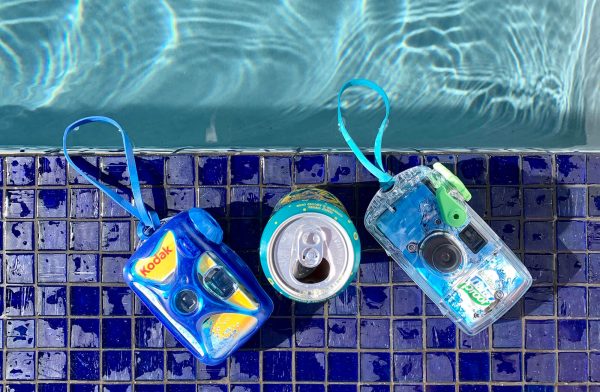 Fujifilm FUJICOLOR QuickSnap Marine vs Kodak MAX Underwater 800 – Which One Is Better?
Fujifilm FUJICOLOR QuickSnap Marine vs Kodak MAX Underwater 800 – Which One Is Better?
By far, the Fujifilm is the better camera out of the two. The first two things you’ll notice are color and sharpness. In both areas, the Kodak is underwhelming. There’s a sense of muddiness and blur. Finer details are lost, and the edges of subjects seem to mold into each other without definition. Fuji, on the other hand, is like chalk and cheese in comparison.





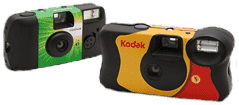
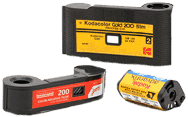
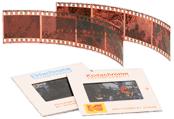



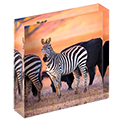
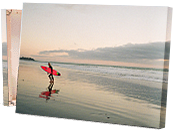

 Gift Cards
Gift Cards Film Index
Film Index FAQ
FAQ Desktop Framed Prints
Desktop Framed Prints